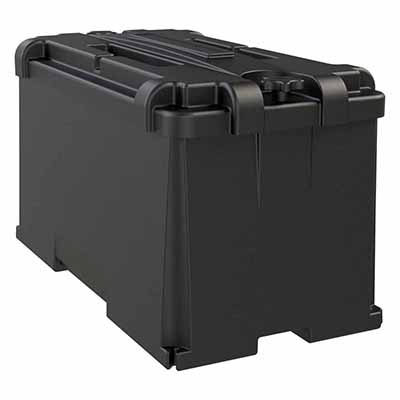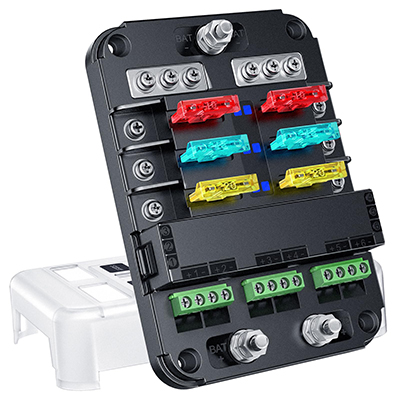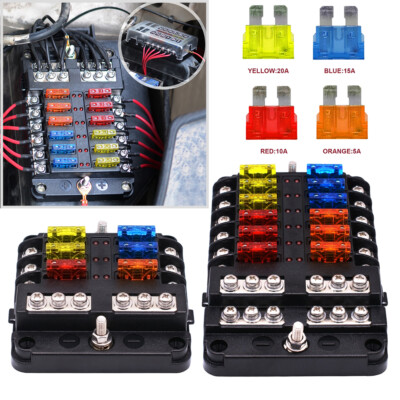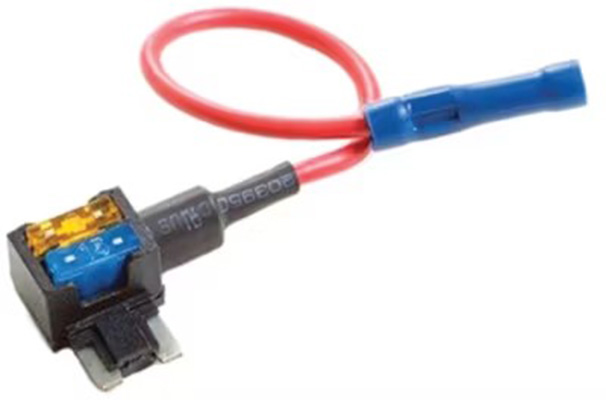Cutting-Edge Approaches to Enhancing Vibration Resistance in Automotive Battery Enclosures for Demanding Road Conditions
News 2025-10-20
In the automotive sector, battery boxes must endure intense vibrations from rough roads, which can compromise electronic components and lead to failures. This is particularly critical for electric and hybrid vehicles operating in off-road or poorly maintained areas, where constant jolts can cause internal damage. Effective vibration resistance design not only extends battery life but also ensures safety and reliability, making it a key focus for engineers aiming to improve vehicle performance in real-world conditions.

Key Application Scenarios
Vibration challenges are prominent in scenarios like off-road adventures, construction sites, and rural transportation. For instance, in mining trucks or agricultural machinery, battery boxes face high-frequency shocks that can loosen connections and degrade seals. Designing for these environments involves considering factors such as terrain type and vehicle speed, ensuring that the enclosure can absorb impacts without transmitting excessive force to sensitive battery cells. This targeted approach helps maintain operational integrity in diverse settings, from bumpy highways to extreme off-road paths.
Core Design Elements
A robust vibration-resistant battery box relies on strategic material selection and structural innovations. Engineers often use high-damping materials like rubber composites or advanced polymers to isolate vibrations, while incorporating reinforced frames with damping mounts to dissipate energy. Finite element analysis plays a crucial role in simulating stress points, allowing for optimized designs that minimize resonance. These elements collectively enhance durability, reducing the risk of fatigue and failure under prolonged exposure to rough conditions.
Frequently Asked Questions
1. What materials are best for vibration resistance in battery boxes?
Materials such as silicone-based dampers and aluminum alloys are ideal, as they provide excellent shock absorption and lightweight strength to withstand repeated vibrations.
2. How does vibration resistance impact battery lifespan?
It significantly extends lifespan by preventing physical damage and electrochemical degradation, potentially adding years to the battery’s operational life in harsh environments.
3. Why is testing important in vibration-resistant designs?
Testing ensures designs meet real-world standards, identifying weaknesses early and confirming that the battery box can handle specific vibration frequencies encountered on rough roads.


